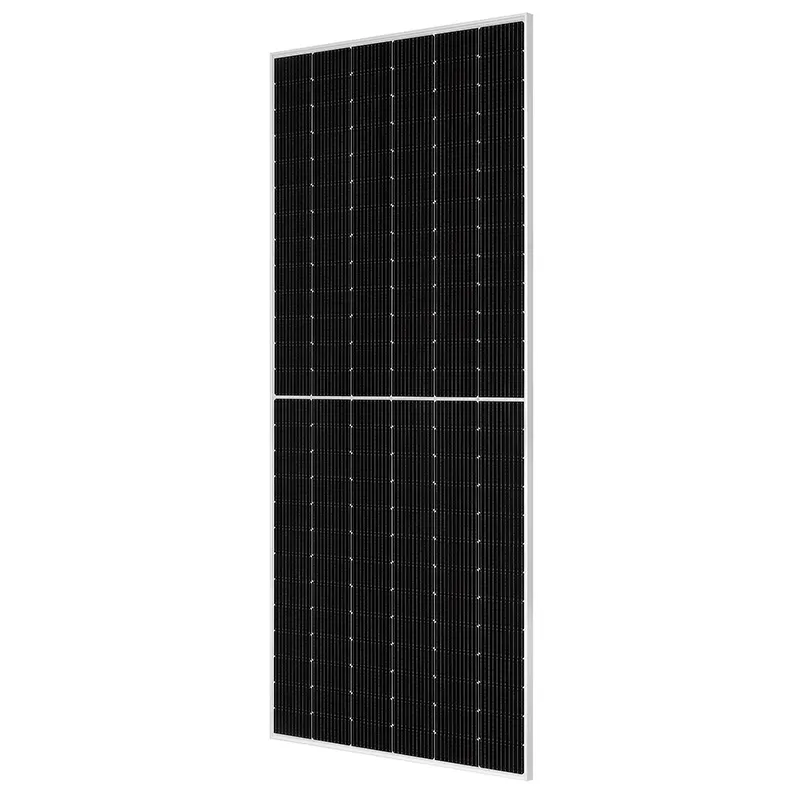Comparing Solar Micro Inverters and String Inverters for Optimal Energy Efficiency
Solar Micro Inverter vs. String Inverter A Comparative Analysis
As the world increasingly turns to renewable sources of energy, solar power stands at the forefront of this revolution. Within the solar photovoltaic (PV) system landscape, two popular inverter types play a vital role in converting the direct current (DC) generated by solar panels into alternating current (AC) for use in homes and businesses micro inverters and string inverters. Each has its own advantages and disadvantages, making an informed choice essential for enhancing solar energy efficiency and system longevity.
Understanding the Basics Micro Inverters and String Inverters
Micro inverters are small devices attached to each individual solar panel. This decentralized approach allows each panel to operate independently. In contrast, string inverters are centralized systems that connect multiple solar panels in a series or string. The performance of string members is linked, meaning that if one panel underperforms due to shading, dirt, or other factors, the entire string's output can be adversely affected.
Performance and Efficiency
One of the primary advantages of micro inverters is their ability to optimize the performance of each solar panel independently. This means that if one panel is shaded or dirty, it will not significantly impact the output of the other panels in the system. This optimization leads to generally higher overall energy production, especially in environments where shading is common or where panels are oriented in different directions.
String inverters, while generally simpler and more cost-effective upfront, can suffer from performance loss due to the interconnected nature of the panels. If a single panel experiences issues, the entire string's performance can drop, resulting in less efficient energy production. However, advances in string inverter technology, such as power optimizers, are helping to mitigate some of these issues by allowing for panel-level monitoring and optimization while maintaining a centralized inverter system.
Installation and Maintenance Costs
When it comes to installation, string inverters tend to be more straightforward and less expensive to install. Fewer units mean lower labor costs, and their centralized nature can simplify wiring and configuration. However, the installation of micro inverters may incur higher initial costs due to the individual units needed for each panel.
solar micro inverter vs string inverter

In terms of maintenance, micro inverters generally offer greater longevity due to their distributed nature. If one micro inverter fails, the rest of the system continues to operate, whereas a string inverter issue could result in significant downtime for the entire system. Moreover, micro inverters often come with longer warranties, reflecting their durability and reliability.
System Monitoring and Smart Technology
Micro inverters offer advanced monitoring capabilities, allowing homeowners and system operators to track the performance of each solar panel individually. This level of detail can aid in identifying problems early and ensuring that the system is performing at its optimal level. Many micro inverter systems come equipped with user-friendly online platforms that provide real-time data and performance analytics.
String inverters generally offer less granular performance monitoring, although some newer models include options for panel-level monitoring through additional hardware. The centralized data may provide insights into the overall system performance but lacks the detailed breakdown that micro inverters provide.
Scalability and Future Expansion
For those considering future expansions of their solar system, micro inverters may offer an advantage due to their modular nature. Adding new panels to a micro inverter system can be as simple as attaching the new panels with an additional micro inverter. This flexibility is not as straightforward with string inverters, which may require more intricate rewiring or upgrading of the inverter itself to accommodate more panels.
Conclusion
The decision between solar micro inverters and string inverters ultimately depends on individual circumstances, including budget, site conditions, and personal energy goals. Micro inverters generally excel in performance, especially in shaded or complex environments, and offer advanced monitoring and scalability, albeit at a higher initial cost. String inverters may appeal to those seeking a lower upfront investment and simpler installation, although they may not provide the same level of performance optimization.
As solar technology continues to evolve, understanding these differences ensures that users can maximize their solar investment and contribute to a more sustainable energy future.
-
Unlocking Energy Freedom with the Off Grid Solar InverterNewsJun.06,2025
-
Unlock More Solar Power with a High-Efficiency Bifacial Solar PanelNewsJun.06,2025
-
Power Your Future with High-Efficiency Monocrystalline Solar PanelsNewsJun.06,2025
-
Next-Gen Solar Power Starts with Micro Solar InvertersNewsJun.06,2025
-
Harnessing Peak Efficiency with the On Grid Solar InverterNewsJun.06,2025
-
Discover Unmatched Efficiency with the Latest String Solar InverterNewsJun.06,2025







